Cutting in the kitchen and at the table

It is common to think that the action of cutting a food does not change its taste. That is, we tend to think that cutting food, whether in preparation or during consumption at the table, is nothing more than separating a smaller piece from a larger piece.
In reality, this is not really the case, and we can make some simple reflections:
- cutting with an unsuitable or poorly sharp knife tends to squeeze the food during the cutting action so much that it leaks out liquids that are taste and nourishment. The most classic example is cutting a steak with a serrated knife, but it also applies to vegetables and other dishes.

- a second observation, coming from Japanese culture and more cerebral, leads us to that when food comes from an animal that has been killed to be eaten, to cut it clumsily or even worse with a knife that does not cut would be to subject it to unnecessary further violence: in short, to kill it once again. The action of cutting is such an important ritual in Japanese culture that it takes place on a cutting board that is shaped like an altar, raised above the tabletop, precisely to emphasize the high symbolic value of the sacrifice imposed on a living being for our sustenance.

This action is even reserved for the Chef, who acts as a “priest,” and takes place in the kitchen or in front of diners, but eating at the table does not involve the use of a fork or knife, which are considered an uncivilized way of treating food. On the other hand, even in Renaissance Italy, great importance was placed on cutting at the table, so much so that a figure was born that today we would consider professional, the Trinciante, or the one who chops, who cuts.
The prince of traditional Italian kitchen knives is still called trinciante precisely because it was the tool most commonly used in the Renaissance by that figure.
The Trinciante had the task of theatrically and spectacularly cutting the food that arrived from the kitchen at banquets, on a special table in front of the diners, in such a way as to offer them food that could be consumed with the use of the hands, that was beautiful to look at, but above all by selecting the parts in relation to the rank of the diner for whom they were intended.


Such a figure was so important for several decades that some of them were enriched and books flourished that described how the Trinciante should act. The most famous of these was called Vincenzo Cervio, who went down in history for having written in 1593 a small volume entitled precisely The Trinciante. (An anstatic reprint edition by Publisher Forni can be found).


